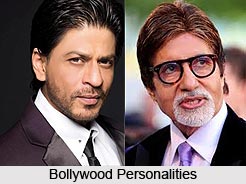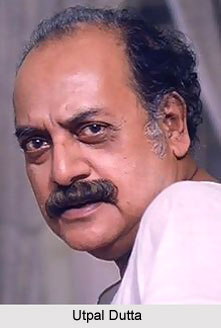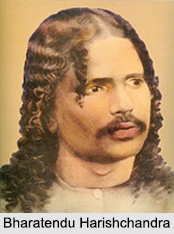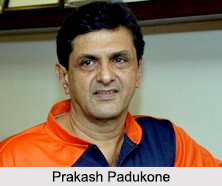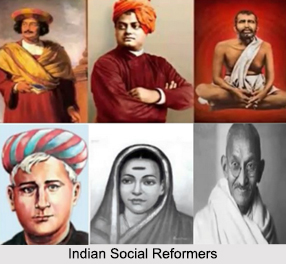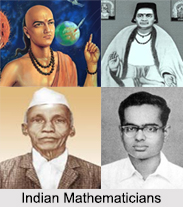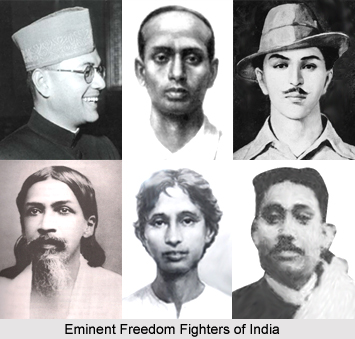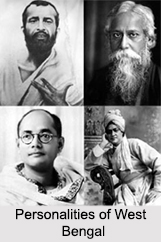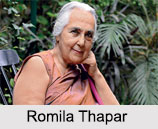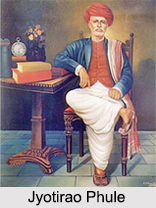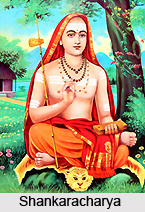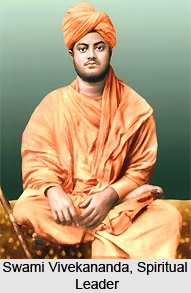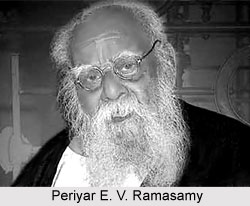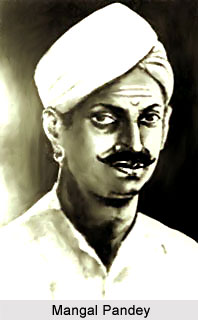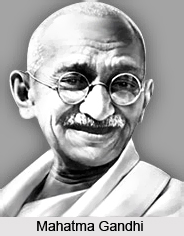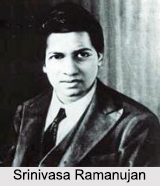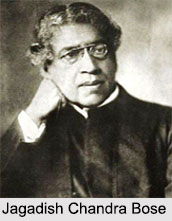Ashalata Sen was a true Gandhian who lead a simple and austere way of life. She was always ready to help and very firm in her convictions. She took keen interest in everything and everyone around her. She was a very genuine person. She respected Gandhiji and followed his principles. She asserted that she got her deeksha in Satyagraha from Gandhiji and it was that deeksha that guided her all throughout life. She took to spinning, wore khadi, practiced non-violence and Satyagraha. She worked for the under privileged and downtrodden.
Ashalata was born at Noakhali ( Bangladesh) on 2nd February 1894 in an educated and enlightened family. She was the daughter of Bagala Mohan Das Gupta and Monoda Das Gupta. She was married at the age of 12 to Satya Ranjan Sen, a Government servant. Her married life was very happy but very short. Her husband died when she only 22 and she had a four-month-old son. Within six years, she overcame her grief, studied Bengali, English and Sanskrit and started to take active interest in the world outside.
She started a "home" for destitutes and widows at her residence. She trained them in different vocations as well as in the doctrine of Satyagraha. She also started the Gandaria Mahila Samity in Dhaka. Her efforts to educate and activate the women of Dhaka met with strong opposition from the orthodox section of men. She organized the Swadeshi Mela, which attracted many women and was also successful in arousing political consciousness among them. She wrote some of her best poetry at that time. These poems were published as a book titled Vidyut (lightning), which was later, approved by the British Government.
When Mahatma Gandhi gave a call to Satyagrahis in 1930 for breaking the Salt Act. Ashalata promptly participated in the movement by breaking the law in her hometown. This was the beginning of her active participation in the Independence movement. She had trained a number of women for Satyagraha in her Ashram. She toured Bengal and Assam and appealed women to come forward and be a part of the struggle for freedom. During the civil disobedience movement she toured 61 villages in two months encouraging village women to come forward. She ignored the taboo of untouchability and stayed in the huts of poor peasants, both Hindus and Muslims Village women of all ages came forward to participate in the movement. This group was named, "Satyagrahi Sevika Dal". They organized picketing, defied section 144 of the Indian Penal Code and courted imprisonment.
As a result of her tireless and earnest efforts, there evolved a number of Gandhian workers (both Hindu and Muslim men and women). Many people went to jail by defying Government orders. Ashalata was arrested and imprisoned for almost a year. When she came out of the jail she found that Bengal was in the grip of famine so she engaged herself in relief work. She was elected unanimously to the Bengal Legislative Assembly. When communal riots broke out in Bengal and when morale of the people was at its lowest she undertook the task of rehabilitating the abducted women in Bengal.
When Independence came with the partition of Bengal, Ashalata was heart-broken because it was not the kind of Independence she had cherished of since her childhood and worked for all her life. At that time she stayed at East Bengal and was the sitting MLA in the East Pakistan Assembly from Dhaka. Ashalata stayed in Dhaka till 1965. After her term in the old Legislative Assembly was over, she declined the offer of an unopposed seat.
Ashalata actively involved in social work. Her first act was to restart the Gandaria Mahila Samiti, which functioned during the strife-torn years. She first approached the women in her neighborhoods who had migrated to Dhaka from India after partition. They were all Muslims. She sought slowly started building a bridge between the Muslim and Hindu women who had stayed back in Dhaka. The Samiti grew in strength in a short time.
In 1965 when Ashalata came Delhi a war broke out between India and Pakistan and the border was sealed. As a result, she could not go back and this created a deep depression in her. During this time she withdrew herself from public life and devoted her time for literary pursuits. She translated Ramayana into Bengla keeping in tune to the Sanskrit version. She was 72 at that time. The book was published when she was 80 and was highly acclaimed by scholars. She knew that this would be her last offering to the people of Bengal.
The two issues she raised during the Legislative Assembly in Dhaka were:
Bangala should be the language of East Pakistan.
The Revenue and Foreign Exchange earned by East Pakistan should be spent in and there only.
The Finance Minister was upset to hear this and said that she was talking like a traitor but the Bangladeshi families living in Washington started camping in front of the White House to make the President to accept her point. She was immensely happy when Bangladesh became a sovereign state. The Bangladesh Government appointed her son as the Executive Director.
Ashalata came back to India in 1978 and she breathed her last in1986 at the age of 92. She was the true daughter of Bengal Renaissance, which was started with Ram Mohan Roy, Bankim and Vidyasagar and continued with Tagore and Gandhiji.
